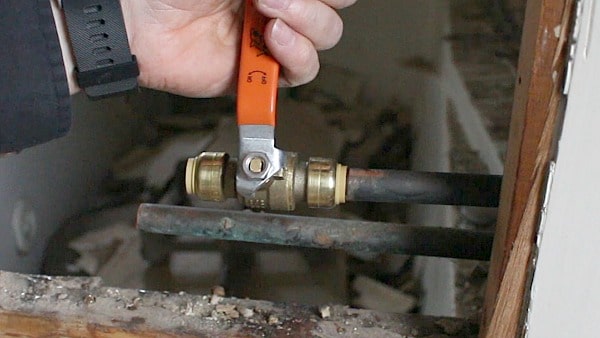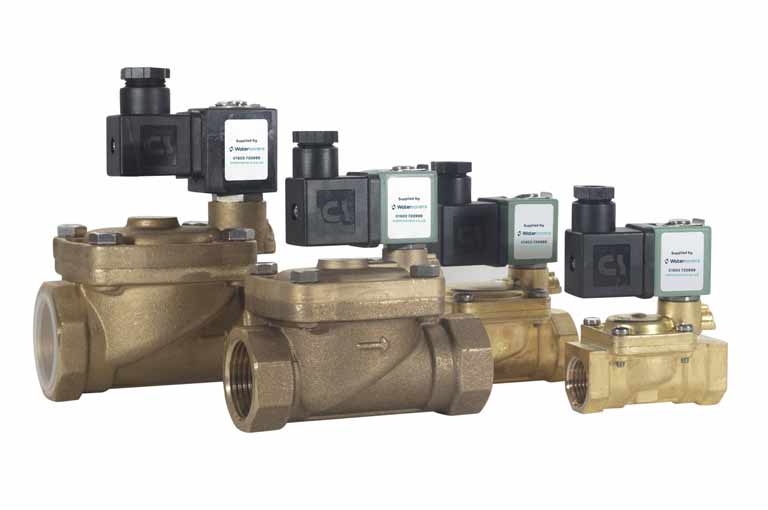Knowing Valve Location: The Reasons Why It's Crucial to Learn
Knowing Valve Location: The Reasons Why It's Crucial to Learn
Blog Article
Are you on the lookout for selective information on 3 Waterproofing Tips For Your Home during the Shower/Storm Season?

The plumbing system of your home is an elaborate network of pipelines and shut-off shutoffs. The last is used to regulate the water's circulation right into the pipes throughout the whole home. In the event of an emergency, you can reduce the water utilizing the shutoffs. This stops substantial water damage from happening.
Why Must I Bother with This?
Your washroom sink is faulty, so you can easily locate the shut-off valve under the sink. For major leaks, you need to shut the mainline shut-off shutoff.
The longer you wait to close the shut-off shutoff, the much more substantial the damage will certainly be. You may not have enough time to figure out just how to close the shutoffs when you're stressing among an emergency.
What Does the Shut-Off Valve Appear Like?
This is normally a knob that allows you to switch off the water for a details home appliance, a local location (as an example the whole second flooring), or for the entire property. It is necessary to recognize where these shutoffs are, so when something emerge in any type of location of your house, you can close it immediately. This will certainly aid you avoid significant water damage that will set you back thousands to fix.
Where are These Found?
Your finest bet is to call a water repair services company for advice. If you have a rather moderate-sized home, attempt looking for a knob or lever.
Commonly, building contractors install the valves near or within the major, ground-floor restrooms. The valves are intended to be visible, some pick to camouflage them for visual reasons.
When to Call an Expert?
Should the abovementioned be the case for your local valves, you have no other option yet to shut off the primary water line, reducing the resource of water in your entire residence. After that call the plumber to inspect the issue and also turned off the valve in that area just so you can use the remainder of the plumbing in other areas of your house.
Keep in mind, these valves are lifesavers as well as crucial for any plumbing repair work. If you find any type of leakages to prevent further damages, you can turn them off. Since of a ruptured pipeline, your residence can get flooded not only with all-natural calamities however. In the event of a plumbing emergency, shut down these valves to stop issues that call a respectable water damage restoration provider.
The plumbing system of your home is an elaborate network of pipes and also shut-off valves. In the event of an emergency, you can cut the water using the shutoffs. The longer you wait to shut the shut-off valve, the much more considerable the damage will certainly be. It is crucial to understand where these shutoffs are, so when something plants up in any type of area of your residence, you can close it right away. In the occasion of a plumbing emergency, shut down these shutoffs to avoid complications that call a trusted water damage reconstruction service provider.
How to Shut Off Water Valves
The Shutoff Valve to the Water Supply for an Individual Plumbing Fixture
To stop the flow of water to a specific appliance such as a sink, check the pipes for the nearest valve; it will likely be made of chrome and located directly below the fixture. Many showers and sinks have two valves for hot and cold water respectively, so make sure to turn them both off. Appliances like dishwashers, How to Shut Off Water Valveswashing machines, and refrigerators sometimes have switches, rather than valves, on the hoses connecting them to the wall. Water heater valves are usually located on the pipes above.
When it comes to which way you should turn the valve, keep in mind the old saying “righty tighty, lefty loosey.” In other words, turning a valve clockwise, or to the right, will restrict the flow of water while turning it counterclockwise, or to the left, will allow water to flow. If you have trouble turning the valve, wear a work glove to get a better grip, or use a wrench. Once you turn all of the valves clockwise as far as they will go, the water supply should be successfully shut off.
Before you start making repairs, have a bucket nearby so that you can drain any water that was left over in the pipes. After you finish the job, turn the valves counterclockwise as far as they will go to restore the water flow.
The Shutoff Valve for the Main Water Supply to Your Home
The first step is locating your main shutoff valve. You probably have a brass valve with a round handle near the area where water enters your home. It could be located in your kitchen, a utility closet, a downstairs bathroom, or even on an outside wall. Turning the valve clockwise as far as it can go should shut off all of the water fixtures in your home; however, you’ll need to turn on all faucets to empty any water left remaining in the pipes. Let your sinks and showers run until all water flow ceases, and then turn all faucets to the off position. After finishing your repairs or installations, turn the main valve back counterclockwise.
The Shutoff Valve for the Water Supply to Your Entire Property
Before you do anything, call your water company and ask for permission to access your street shutoff valve. If your home’s main water valve fails or needs replacing, you must turn off the water supply to your whole property before attempting repairs. You’d also need to do this before trying to fix a leak in the pipes connecting your home to the street valve. The shutoff valve for the property is usually located in the same metal box that contains the water meter. Remove the box cover and look for a handle; you might need a long wrench to reach it.
Different cities have different types of street valves. Ball valves have long, thin handles while gate valves have more rounded handles. A ball valve handle will usually be aligned with the pipe while open; turn it 90 degrees to the right to turn it off. Gate valve handles should be turned clockwise as far as possible to stop the water flow.

I am just very eager about 3 Tips To Prevent Water And Storm Damage and I'm hoping you enjoyed the blog post. Remember to take a moment to distribute this blog post if you liked it. Thank you for your time. Please check our site back soon.
Give Me A Quote! Report this page